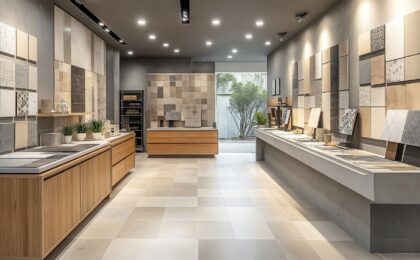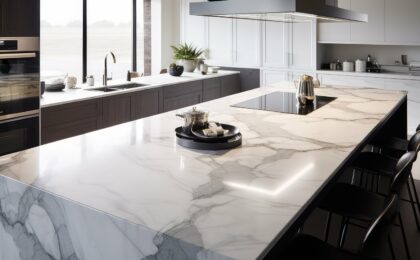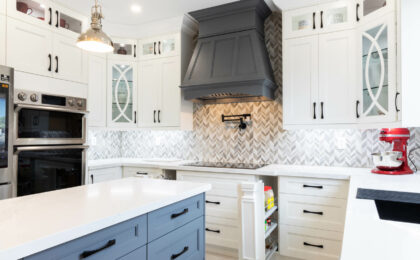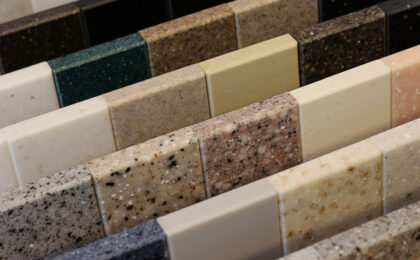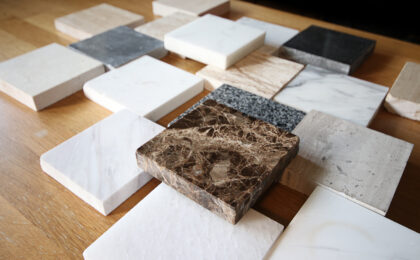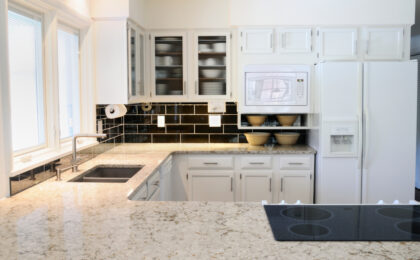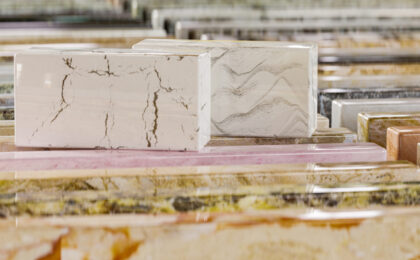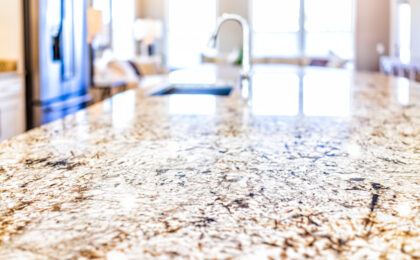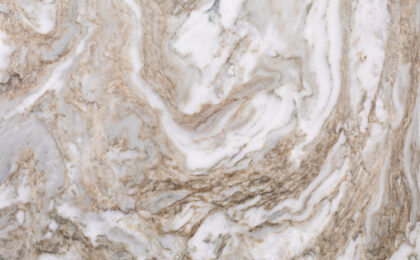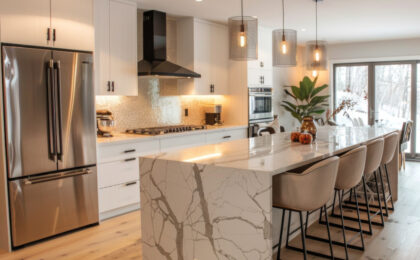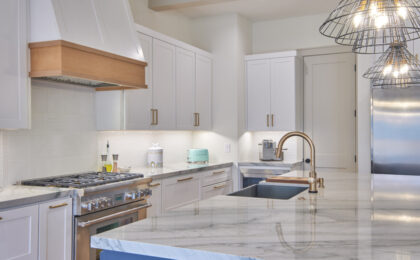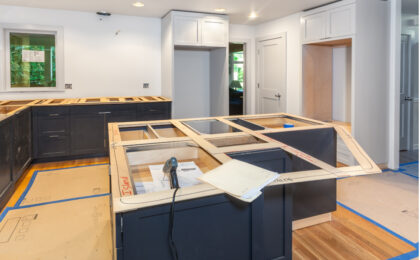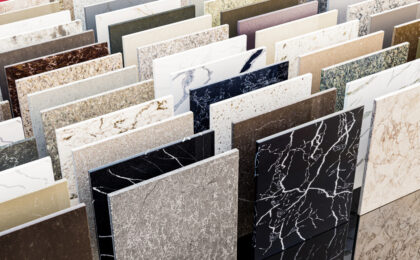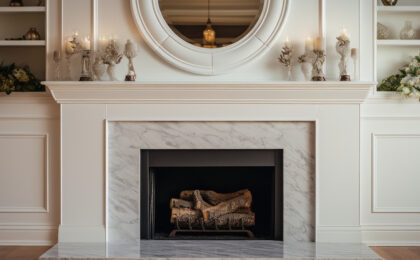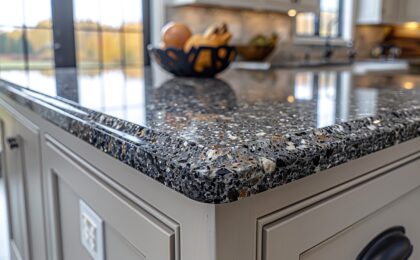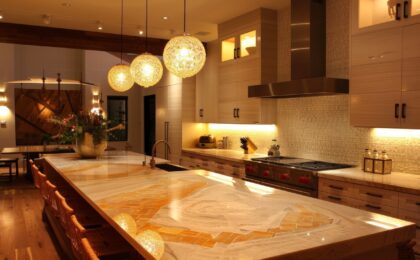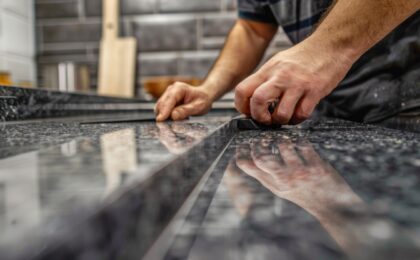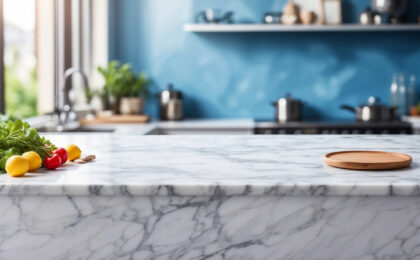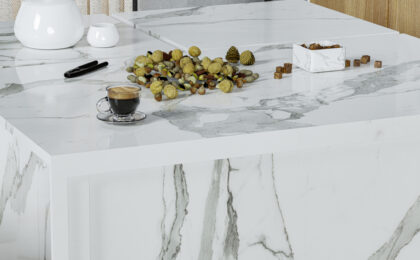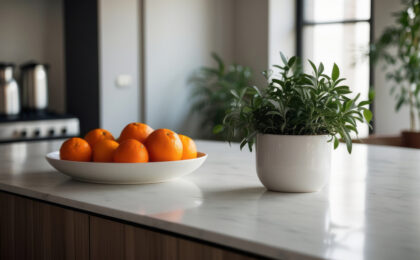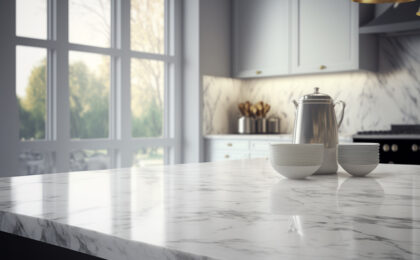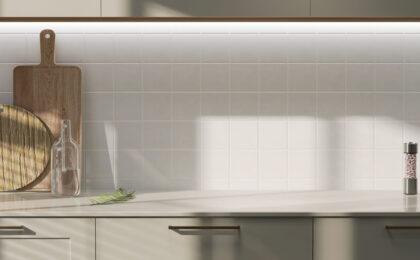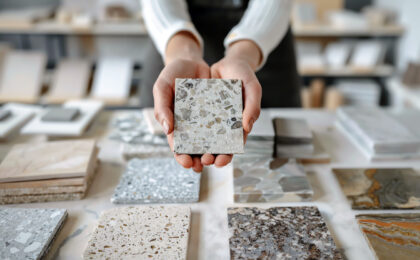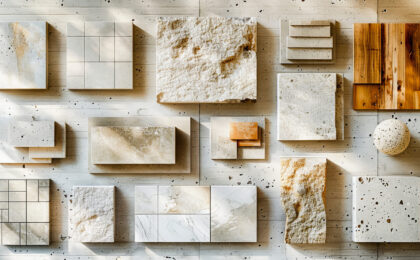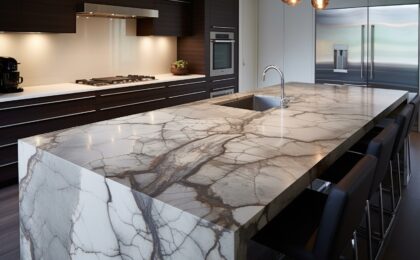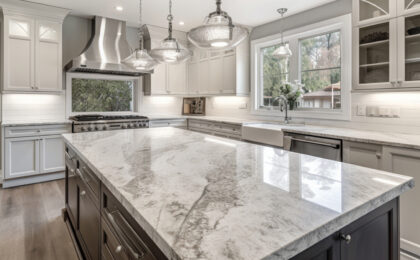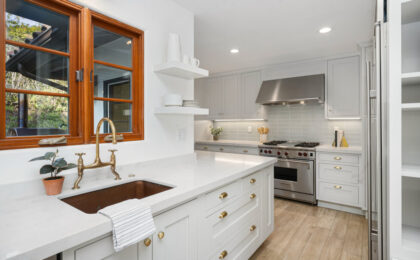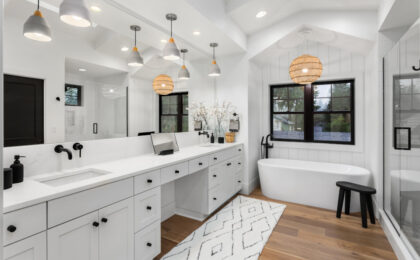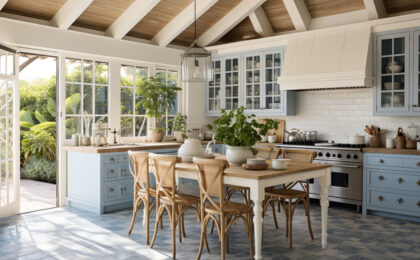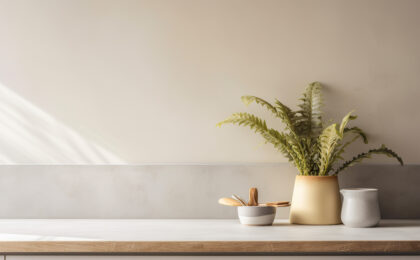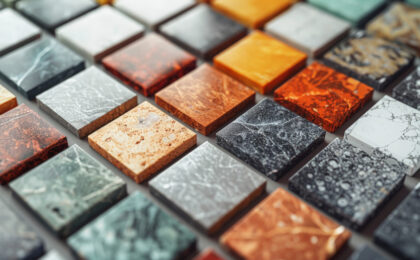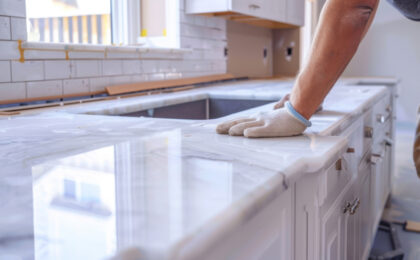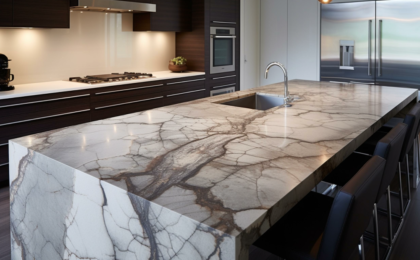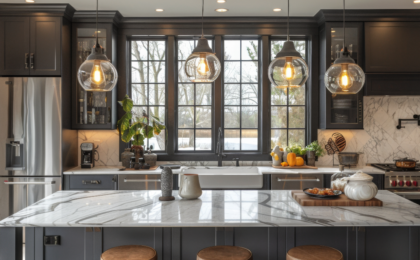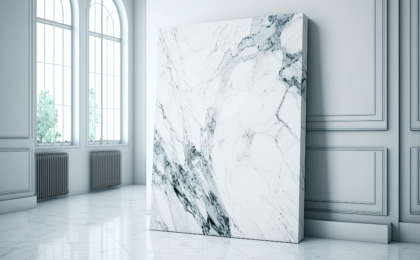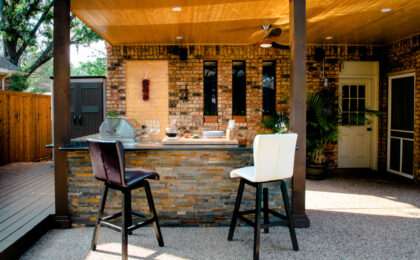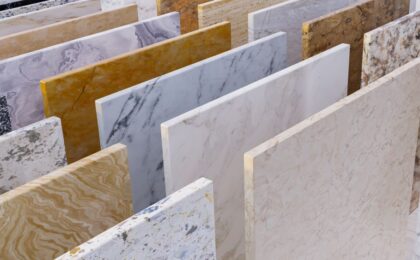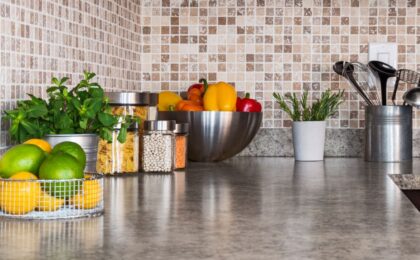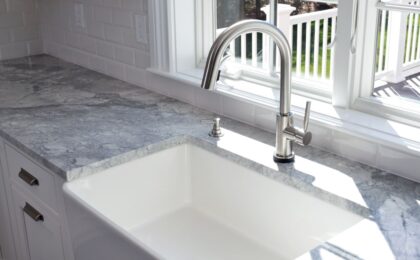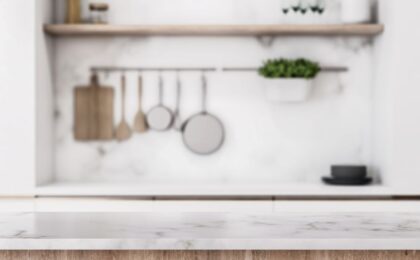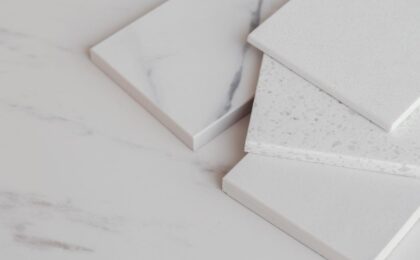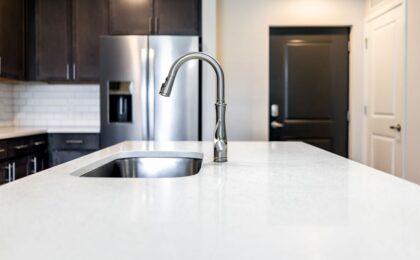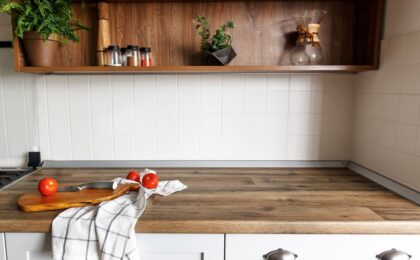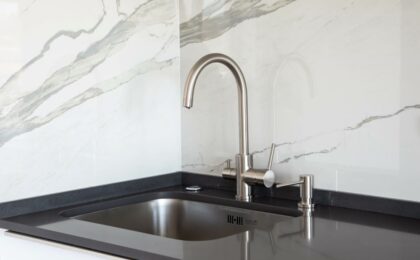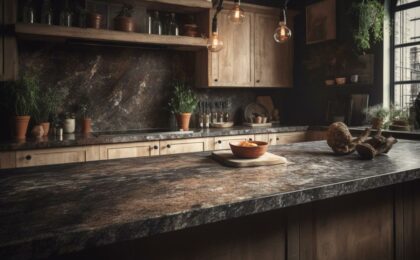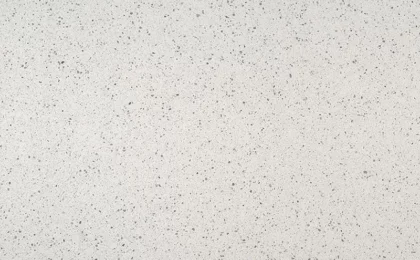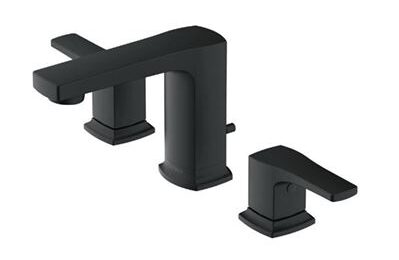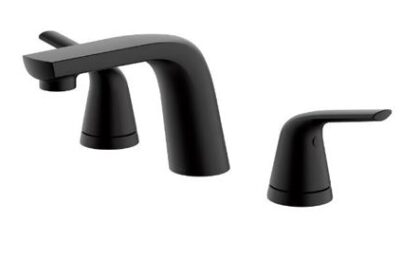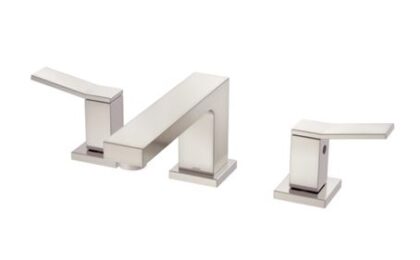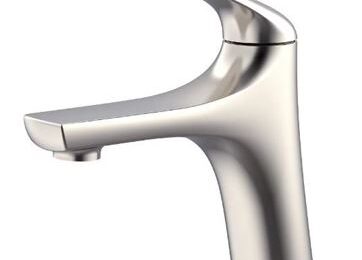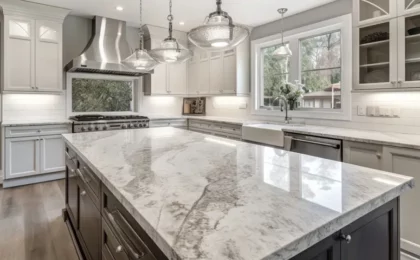We are guessing you have heard of flooring remnants. These are pieces of carpet and wood flooring that are left over after installation. Did you know there are remnants in our industry, too? They are pretty common with granite and marble countertop installations.
It is not a good idea to use remnants to construct a full kitchen countertop. Rather, installers prefer to cut new granite and marble countertops from an entire slab. If you have ever wondered why, you are about to find out. This post will explain it in detail.
Cut From Slabs of Stone
The starting point for our discussion is how granite and marble countertops are manufactured. In reality, they aren’t manufactured at all. They are cut from huge blocks of stone that have been quarried, cut up, and sent to distributors.
On the other hand, quartz countertops are manufactured. Manufacturers combine natural quartz minerals with resins and pigments. The material is then shaped into countertops with molds. The ability to manufacture quartz to tighter size specifications reduces remnant volume considerably.
Why Entire Slabs Are Used
Getting back to granite and marble, entire slabs are used to create full kitchen countertops. This is the preferred method due to the fact that there can be significant variations from one slab to the next. Veining patterns are never identical. Neither is color. So for consistency’s sake, a single slab is preferred over multiple slabs.
When you are dealing with remnants, you’re dealing with granite or marble that has probably been cut from different slabs. Putting together an entire kitchen countertop with remnants would mean inconsistent veining, color, and clarity. It just wouldn’t look good.
There is also the matter of minimizing the seams. The greater the contrast between two pieces of marble or granite, the easier it is to see a seam. So joining two remnants cut from separate slabs could be a visual disaster. Any seams would stick out like a sore thumb.
Remnants Don’t Go to Waste
For the record, marble and granite remnants don’t go to waste. They may not be ideal for full kitchen countertops, but that doesn’t mean they are completely useless. Remnants can be used for smaller projects, like small islands and bathroom vanity tops.
In the bathroom, a single remnant could be large enough to do the entire vanity. If there is a little bit left over, it would probably be useful as a backsplash. When you are talking larger vanities with his and her sinks, lighting and other conditions are such that using pieces from two different slabs might be doable – especially if the two slabs were similar.
In terms of kitchen islands, they are often utilitarian spaces that are significantly smaller than the main countertop. If an island is the right size, its entire service could be accommodated with a single remnant.
It’s an Aesthetic Thing
The practice of cutting entire kitchen countertops from a single slab is a purely aesthetic thing. From a functional and durability standpoint, it is not necessary. But here’s how we see it: as long as a customer is putting the money into genuine marble or granite, isn’t the aesthetic beauty of a single slab worth the price?
On the other hand, a DIY homeowner could purchase multiple remnants for the purposes of installing a mix and match countertop. The granite or marble would still function the same way. It would still offer the same durable work surface and long-term toughness. It is just that the finished product probably would not look right. But then again beauty is in the eye of the beholder.


